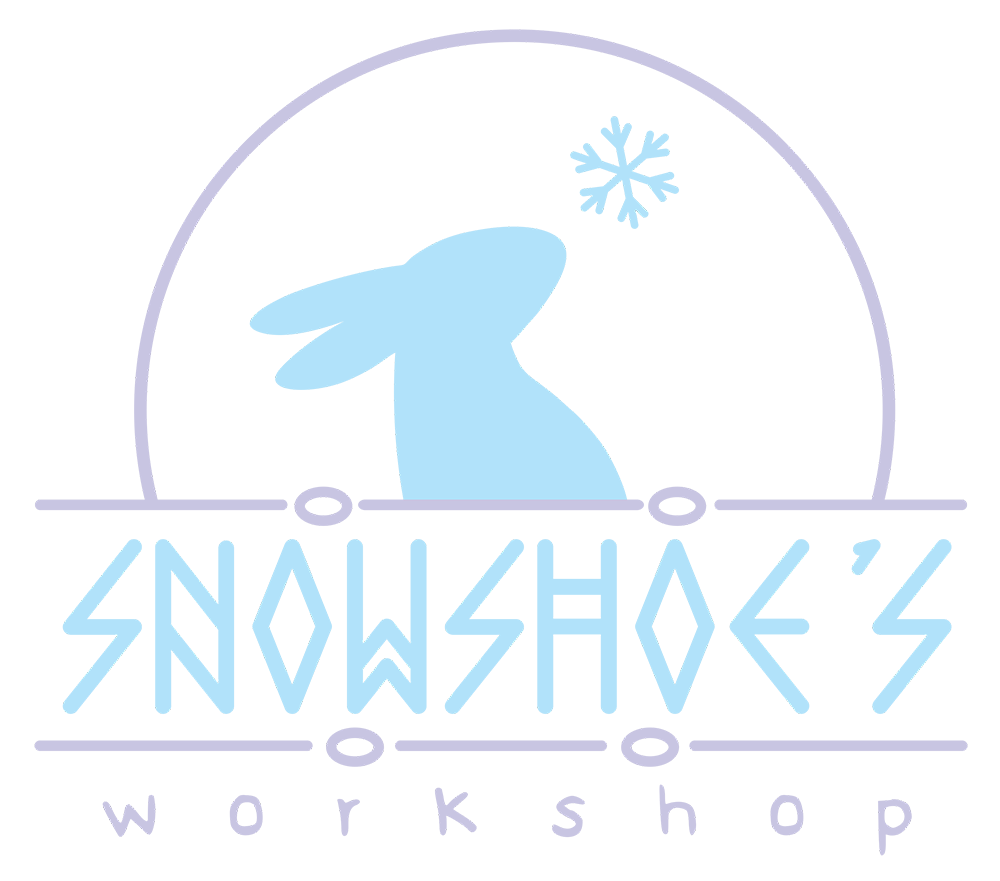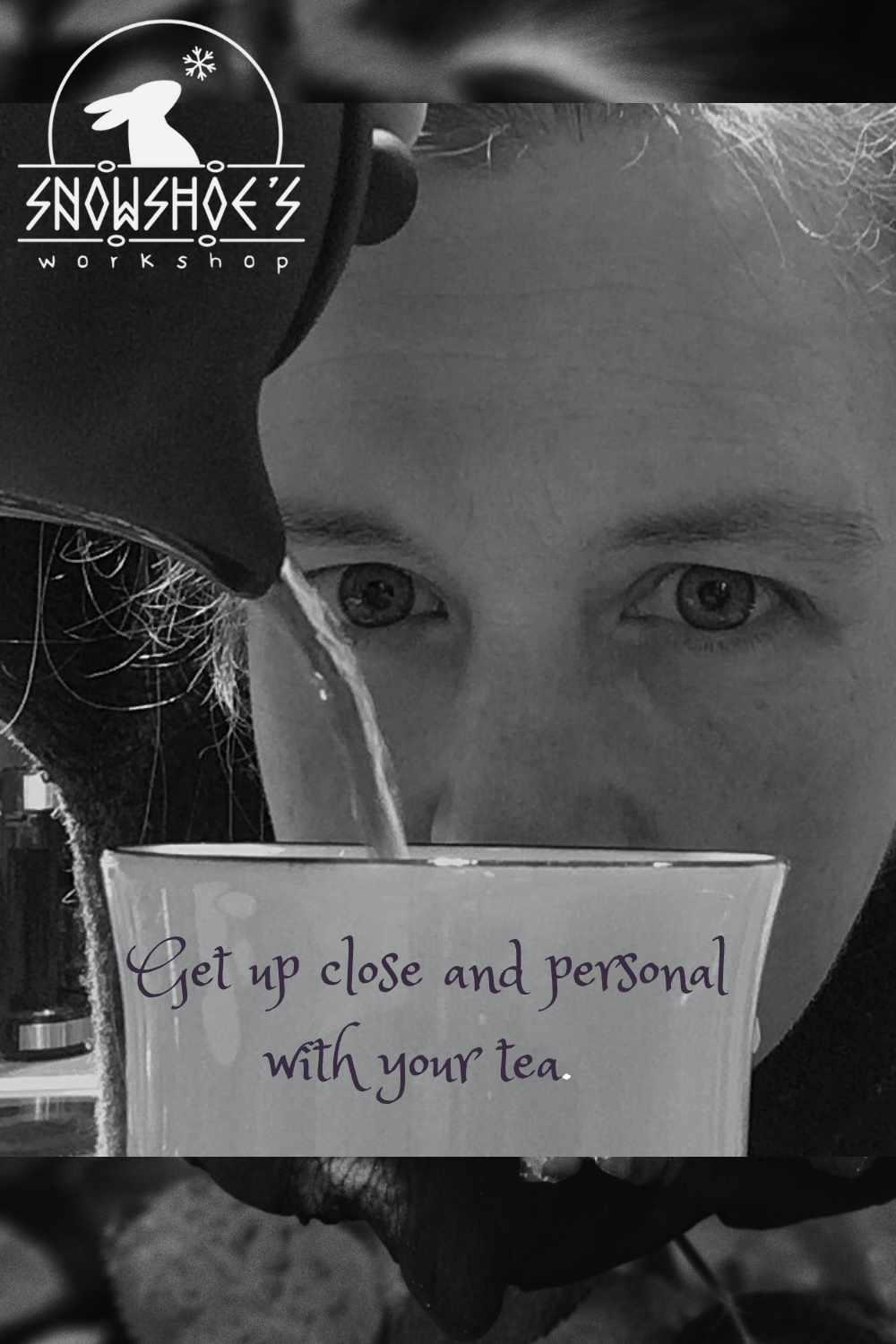Getting to know your tea.
What is tea?
Technically tea is a beverage created from the leaves of Camellia sinensis. Black tea, green tea, and white tea all come from this plant. There are entire debates about which is best. Tea can have profoundly different flavors and notes depending on how it is processed, when it is picked, where it grows, and how it is stored. I know people who will only drink tea from a particular province in China, and even then, only the tea that grows on the shady side of the mountain.
Tea from Camellia sinensis will always have caffeine, unless it is decaffeinated using Methylene Chloride or carbon dioxide methods. Black tea still has about half the caffeine as coffee; green tea has half the amount as black; and white tea even less. So if you are looking to reduce your caffeine intake without going cold turkey, tea may be a good alternative for you.
Tisanes are beverages made from any part of a plant. In the United States we often just call these herbal teas. Herbal teas can be made from herbs, spices, roots, flowers, bark -- basically any plant material. Herbal tea gardens (or "Victory Gardens") became quite popular during the US revolutionary war, as actual tea was quite hard to come by. The switch to tisanes during this time of American history was essential. Herbal teas have been used for millennia to treat illness (peppermint for an upset tummy, chamomile as a sleep aid). Almost all herbal teas will be naturally caffeine free. There are very few herbs that are made into tisanes that do have caffeine, including yaupon holly and yerba mate, but they are the exceptions.
Here at the Workshop, I love to create interesting flavor profiles by blending teas with herbs. While I can appreciate a good Yun Wu green tea, I wondered what it would be like if I added rooibos and turmeric, ginger, black pepper and cinnamon. Thus, Karma Colors was born. Herbs tend to be less finicky about the water temperature in which they are brewed: steeping times are more forgiving. The taste of chamomile is vastly different from ginger, so you have a huge variety of flavors to choose from when you open your pallet beyond "tea."
I love to nerd out and talk about tea. If you have any questions about any of the teas or herbs I use shoot me a message or drop a comment.
I'm all ears!
Help! I don’t have a tea infuser, tea ball, or strainer!
Greetings! I’ve gotten the question a time or two: Snowshoe, I don’t have a tea strainer, what can I do?
Brewing loose leaf tea should not be difficult. There are a number of useful products to help you. You use a tea ball, a tea strainer, a reusable muslin tea bag, or disposable tea bags. You can toss the leaves loose into a pot and use a strainer over your cup, or purchase a teapot that has a basket infuser. BUT what can you do if you don't have any of those things? Do you have a coffee filter and a rubber band? Cheese cloth and some string? How about paper towel and a clothespin? You can make tea. :)



